What is the hardest material in plastic?
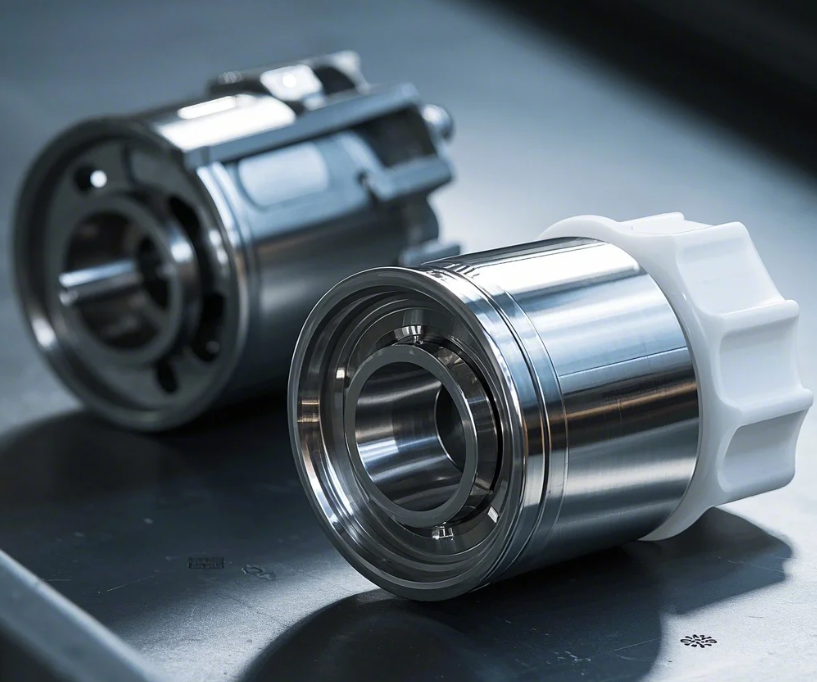
What Is the Hardest Engineering Plastic for Industrial Applications? After 30 years of testing plastic components under extreme conditions, we’ve identified PEEK (Polyether Ether Ketone) as the hardest commercially available plastic – with a Rockwell M scale rating of 99 that outperforms steel in some wear applications while being 70% lighter. The hardest engineering plastics […]
What does G mean in welding?
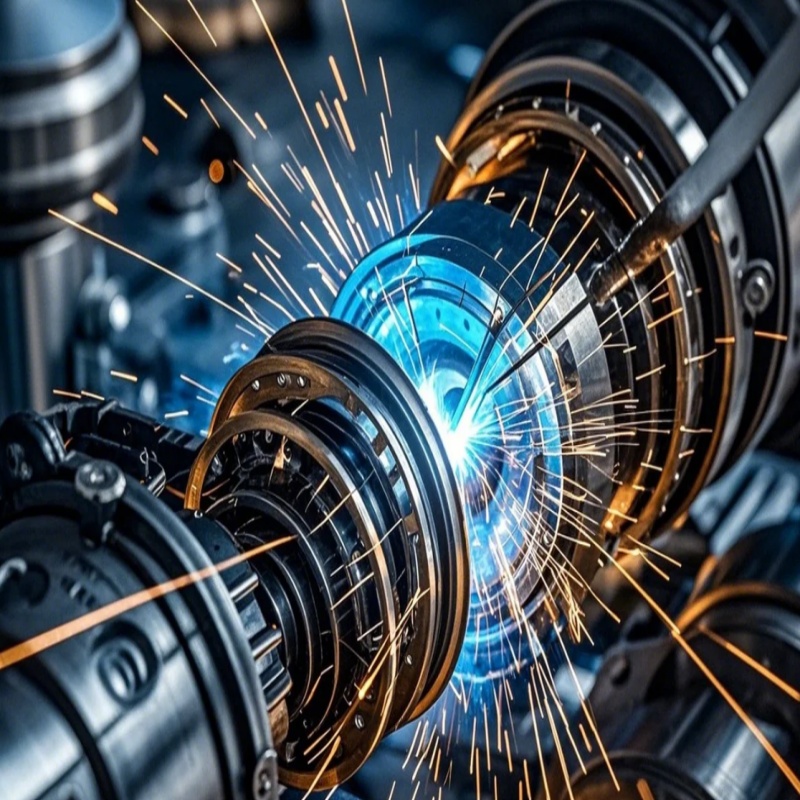
What Does "G" Mean in Welding Codes and Classifications? After certifying over 500 welders to ASME and AWS standards, we’ve decoded the alphabet soup of welding terminology – the letter "G" carries specific meanings depending on context, primarily indicating either position or process type. In welding, "G" can mean: 1) A groove weld designation (as […]
What are the 4 types of welding?
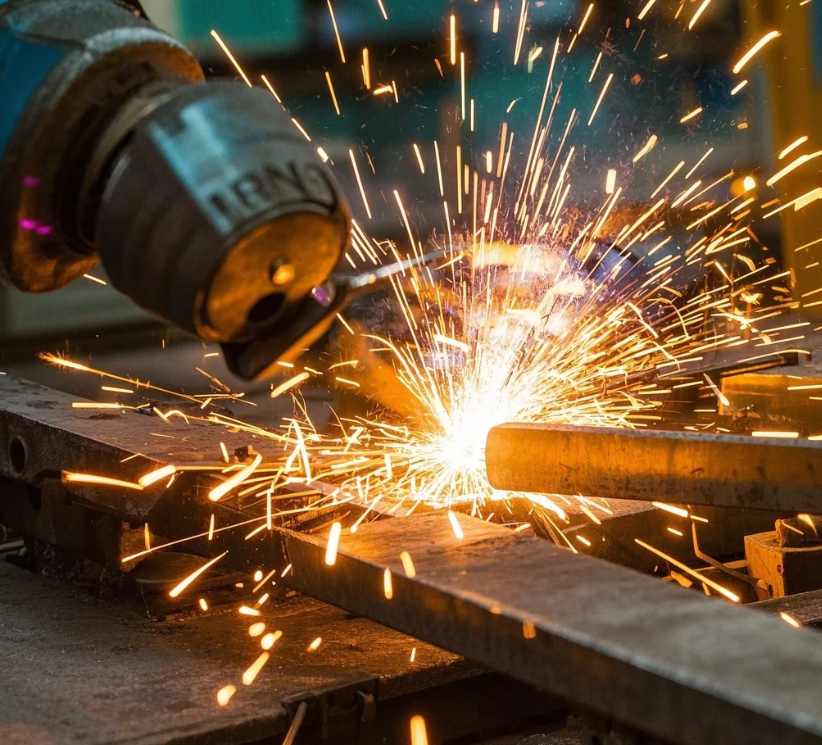
What Are the 4 Fundamental Welding Types Every Manufacturer Should Know? After delivering welded assemblies to 37 countries, we’ve standardized on these 4 welding methods that cover 95% of industrial applications – each with distinct advantages for specific materials and production needs. The four primary welding types are: 1) MIG (Metal Inert Gas) 2) TIG […]
What is the difference between CNC milling and cutting?
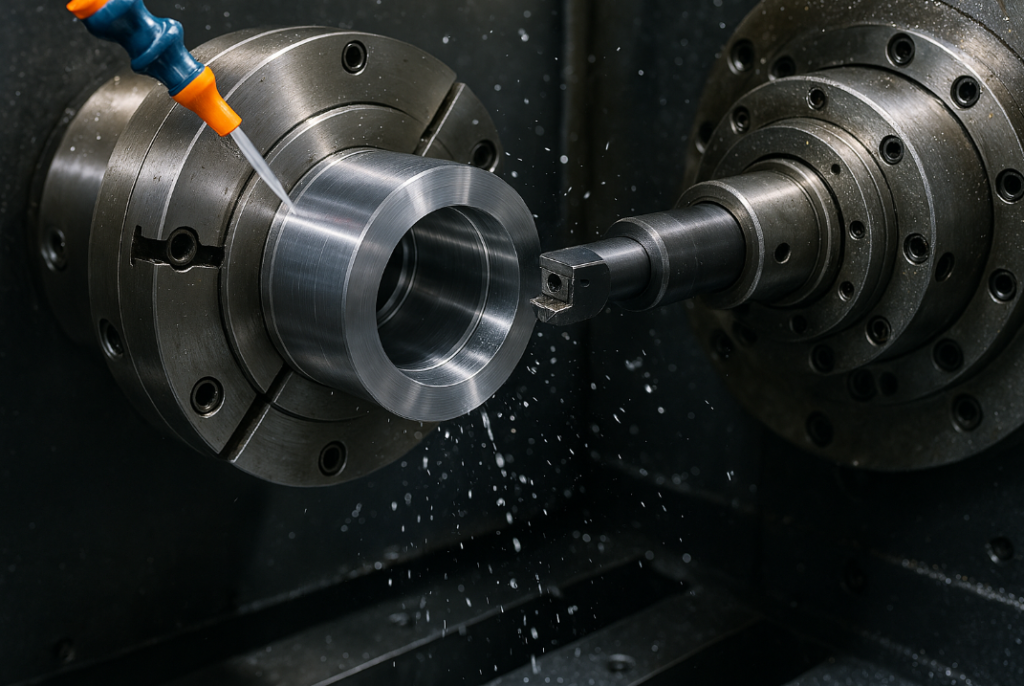
TEMPLATE_START CNC Milling vs. Cutting: What’s the Real Technical Difference? After processing over 50,000 orders, we’ve identified exact scenarios when clients should choose milling over other cutting methods – it often comes down to needed precision (±0.001") versus production speed. Critical distinction: CNC milling uses rotating multi-point tools for 3D material removal (adds pockets, slots, […]
What does CNC mean in cutting?
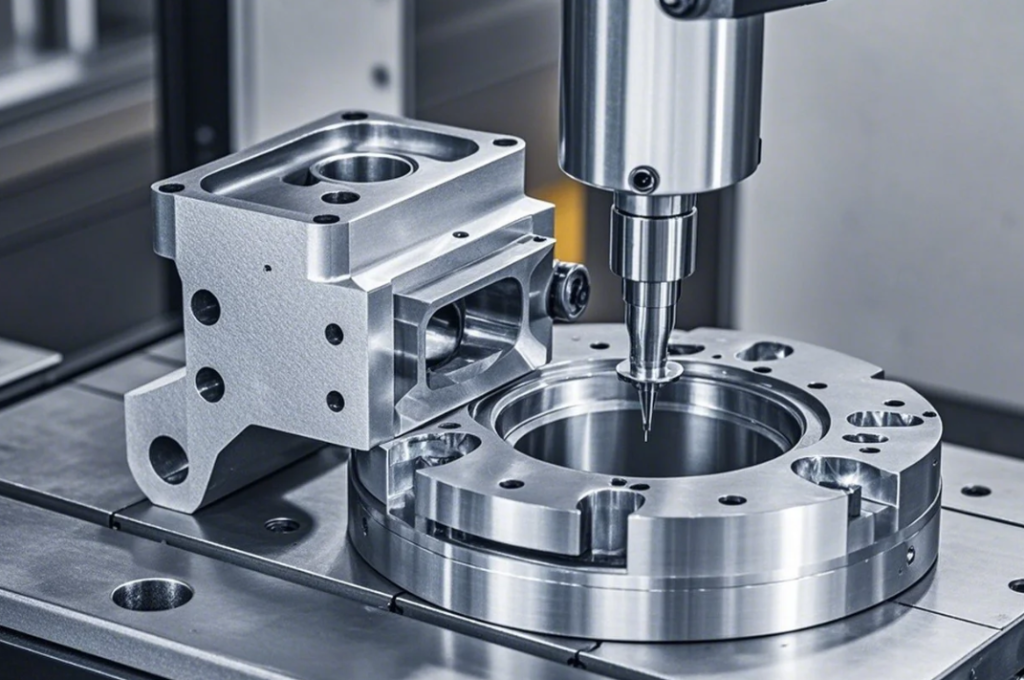
What Does CNC Really Mean in Modern Cutting Technology? After running CNC operations since 1998, we’ve seen how Computer Numerical Control revolutionized cutting – achieving tolerances impossible with manual methods while boosting productivity 300-500%. CNC cutting means: 1) Computer-guided tool paths 2) Pre-programmed dimensions (typically within ±0.005") 3) Automated material removal 4) Repeatable processes – […]

